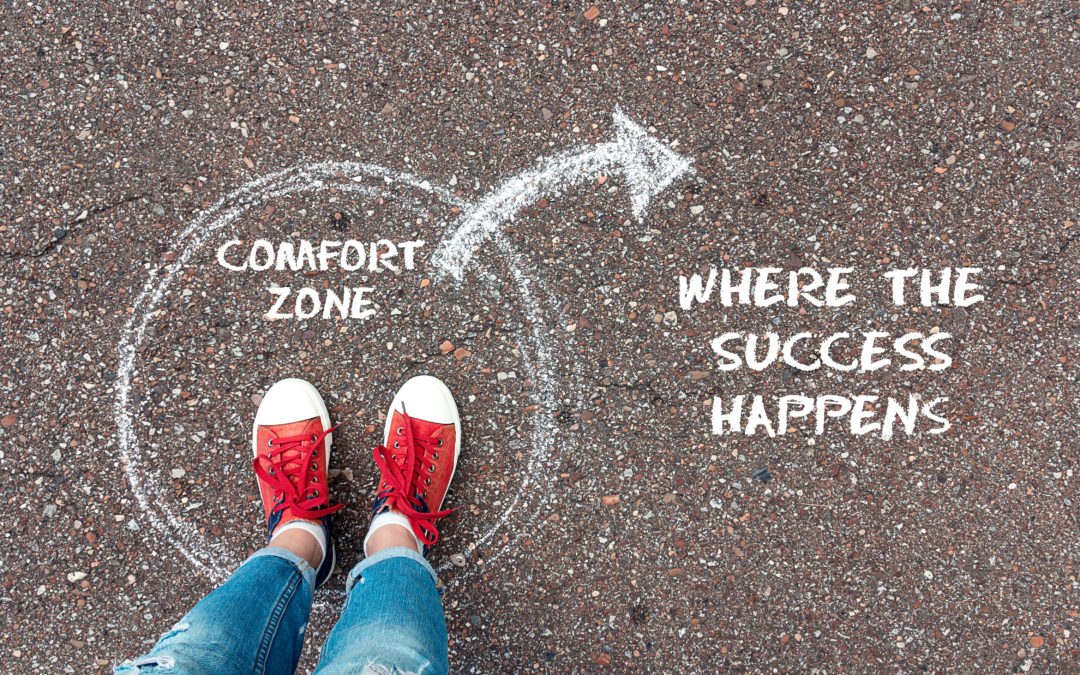CHANGE 2025 REQUIRES MINDSET, STRUCTURE, AND PLAYABILITY
“Change again?”
In many organizations, words like transformation, change, or agility provoke fatigue more than inspiration. And no wonder: over the past few years, the world of work hasn’t changed gradually—it’s been disrupted.
Digitization, flexible work models, hybrid leadership, AI, and a new generation with different expectations are colliding with structures rooted in a completely different era.
Anyone talking seriously about change in 2025 can no longer treat it as a project. Organizations must now be understood as living, learning systems.
From Predictability to Responsiveness
Traditional change initiatives focused on streamlining processes, improving efficiency, and drawing up target visions.
Today, that’s no longer enough. What organizations need is the ability to constantly adapt: in a complex world where the context shifts faster than any strategy, the winners are no longer those with the best plans—but those most capable of responding to change.
For leaders, this means: You don’t have to know everything, but you do have to stay in touch. Build structures that offer direction without creating rigidity. Open up space for action without slipping into chaos. And—just as importantly—develop the ability to hold space for ambiguity.
Change Requires a Mindset
From a systems perspective, an organization isn’t a machine—it’s a social system stabilized through communication.
To be effective in such a system, you need clarity around your own role, the larger context, and the often hidden dynamics that shape outcomes.
Change processes are always reflection processes, too: What problem are we really trying to solve? Who sets the direction? And which areas of tension are being ignored rather than addressed?
Leading systemically means taking responsibility for framing the situation—not for solving everything. It means staying grounded amid differences, identifying patterns without rushing to judge them, and promoting dialogue that goes beyond agreement—toward development.
Inclusion, Participation, and Organizational Maturity
Today’s big buzzwords—inclusion, diversity, purpose—are not lifestyle trends. They are central to a mature organizational culture.
If we want to go beyond inclusion and enable real participation, we also need to transform the organization itself: how decisions are made, how leadership is understood, and how conflict and responsibility are shared.
Driving this transformation takes structural competence, communication skills, and above all: a systemic mindset—not just as a method, but as a way of thinking. Not just as a toolbox, but as a way of being.
Conclusion: Build Playability
Change isn’t a straight path from old to new. It’s a continuous negotiation between stability and innovation, between what works and what’s emerging.
Organizations that learn to treat this process as something they can shape will come out ahead. And they need people who are ready to play: with roles, perspectives, and structures. In a world of work that will never be “finished” again, playability is the progressive response we need.


Recent Comments